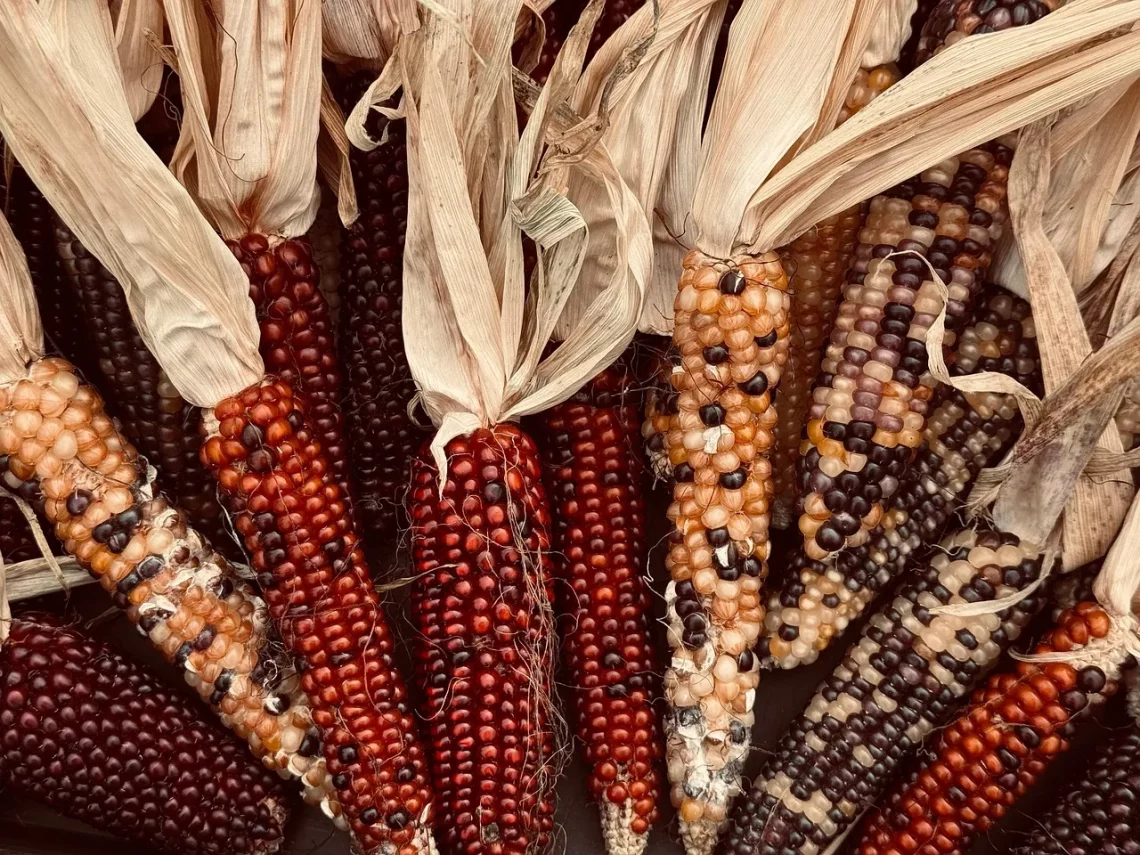
Essential Vegetables for a Healthy Guinea Pig Diet
Guinea pigs are charming little creatures that bring joy and companionship to many households. As pet owners, it is our responsibility to ensure that these adorable animals lead healthy and happy lives. One of the most crucial aspects of guinea pig care is their diet. A well-balanced diet contributes significantly to their overall well-being, helping them thrive both physically and mentally.
Understanding the nutritional needs of guinea pigs can be a bit overwhelming, especially for first-time owners. Unlike some other pets, guinea pigs are herbivores and require a diet primarily composed of fresh vegetables, hay, and pellets. However, not all vegetables are created equal when it comes to the health of your furry friend. Selecting the right vegetables can enhance their health, boost their immune system, and prevent common health issues.
In addition to providing essential nutrients, fresh vegetables also offer hydration and a variety of textures that stimulate a guinea pig’s natural foraging instincts. By incorporating a range of vegetables into their diet, you can keep mealtime interesting and enjoyable for your pet. Let’s delve into some of the essential vegetables that should be a part of every guinea pig’s diet, ensuring they receive the nutrition they need to thrive.
Leafy Greens: The Cornerstone of a Guinea Pig’s Diet
When considering a guinea pig’s diet, leafy greens should be at the forefront. These vegetables are packed with vitamins, minerals, and fiber, making them an ideal choice for your pet. Some popular leafy greens include romaine lettuce, kale, and spinach.
Romaine lettuce is a favorite among guinea pigs due to its crunchy texture and high water content. It is low in calories and provides essential nutrients such as Vitamin A and Vitamin K. However, it is important to rotate the types of greens fed to your guinea pig to ensure a balanced intake of nutrients.
Kale is another excellent option, known for its high calcium content. While calcium is essential for bone health, it is crucial to limit kale intake in adult guinea pigs to prevent urinary issues, as excess calcium can lead to bladder stones. Instead, kale should be offered in moderation, alongside other greens.
Spinach, while nutritious, also contains oxalates which can bind calcium and lead to potential health issues if fed excessively. Like kale, it should be given as an occasional treat rather than a staple.
Incorporating a variety of leafy greens into your guinea pig’s diet not only ensures they receive a broad spectrum of nutrients but also keeps mealtime exciting. Always wash greens thoroughly to remove pesticides and chemicals, and introduce new vegetables slowly to monitor your pet’s reaction. This approach helps create a nutritious and safe diet for your furry companion.
Colorful Vegetables: Adding Variety and Nutrients
In addition to leafy greens, colorful vegetables play a vital role in providing a well-rounded diet for guinea pigs. Vegetables such as bell peppers, carrots, and cucumbers can add diversity in both flavor and nutritional content.
Bell peppers are particularly beneficial as they are rich in Vitamin C, which is essential for guinea pigs since they cannot synthesize this vitamin on their own. Offering a mix of red, yellow, and green bell peppers can provide a range of nutrients and flavors. Guinea pigs enjoy the crunchiness of bell peppers, making them an excellent addition to their daily diet.
Carrots are often seen as a treat due to their sweetness. While they contain Vitamin A and fiber, they should be offered sparingly. Carrots are high in sugar, and excessive consumption can lead to obesity and dental issues. A small slice a few times a week is sufficient to keep your guinea pig happy without compromising their health.
Cucumbers, on the other hand, are hydrating and low in calories. They can be fed more regularly and are a great way to introduce moisture into your guinea pig’s diet. The crisp texture of cucumbers can also help keep your pet entertained and engaged during mealtime.
By incorporating a variety of colorful vegetables, you can ensure that your guinea pig receives essential nutrients while keeping their diet interesting and enjoyable. Remember to always introduce new vegetables gradually to your pet’s diet to avoid digestive upset.
Herbs: A Flavorful Addition to the Diet
Herbs are often overlooked when considering a guinea pig’s diet, but they can be a flavorful and nutritious addition. Fresh herbs like parsley, cilantro, and basil are not only safe for guinea pigs but also offer various health benefits.
Parsley is rich in Vitamin K and can support bone health. However, it should be fed in moderation due to its high calcium content. A small amount a few times a week is sufficient to provide the benefits without the risks associated with excess calcium intake.
Cilantro is another excellent herb that many guinea pigs enjoy. It is low in calories and high in antioxidants, which can help boost the immune system. The aromatic scent of cilantro can also stimulate a guinea pig’s appetite, making it an excellent addition to their meals.
Basil is a flavorful herb that can be offered occasionally. It is known for its anti-inflammatory properties and can provide additional health benefits. Fresh herbs can elevate the taste of your guinea pig’s diet, making mealtime more exciting for them.
When introducing herbs, it’s essential to do so gradually, just as you would with other new vegetables. Fresh herbs can be offered daily, but they should complement a diet primarily composed of hay and leafy greens. By incorporating herbs into your guinea pig’s diet, you can provide both flavor and nutrition.
Fruits: Treats in Moderation
While fruits can be a delightful treat for guinea pigs, they should be given with caution. Fruits are generally high in sugar, and excessive consumption can lead to obesity and other health issues. However, offering small amounts of certain fruits can provide additional vitamins and minerals that contribute to a balanced diet.
Some safe fruit options for guinea pigs include strawberries, blueberries, and apples. Strawberries are particularly rich in Vitamin C, making them a great occasional treat. Just be sure to remove the green tops and cut them into small pieces to avoid choking hazards.
Blueberries are another excellent option, packed with antioxidants and low in calories. These tiny fruits are not only nutritious but also easy for guinea pigs to eat. A few blueberries a week can be a delightful addition to their diet.
Apples should be fed with caution due to their sugar content. Always remove the seeds and core, as they can be harmful to your pet. A small slice of apple once in a while is a safe way to introduce this fruit into their diet.
When offering fruits, moderation is key. Treats should comprise no more than 10% of your guinea pig’s overall diet. This ensures that they receive the nutrients they need while keeping their health in check.
In summary, providing a varied diet that includes leafy greens, colorful vegetables, fresh herbs, and occasional fruits can help ensure your guinea pig stays healthy and happy. Always consult a veterinarian for personalized dietary advice tailored to your pet’s specific needs.
**Note:** This article is not intended to serve as medical advice. Always consult with a veterinarian for health-related questions and concerns regarding your pets.




